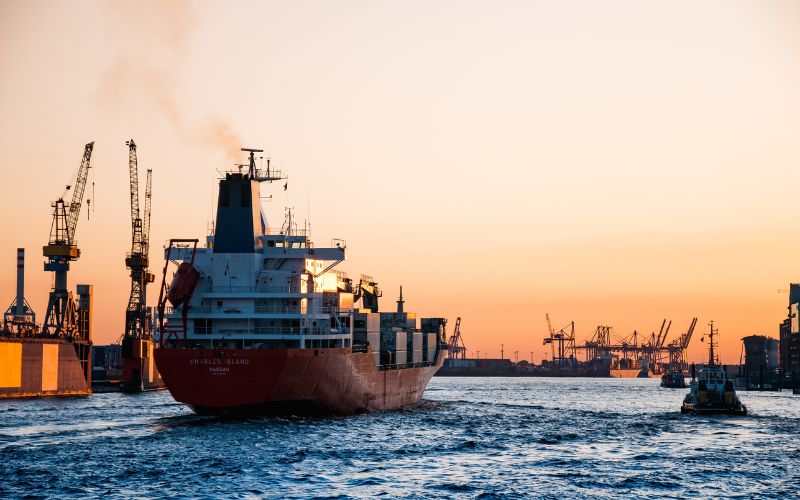
Shipping your Pharmaceutical Product by Sea
Shipping pharmaceutical products by sea is becoming increasingly common in the pharmaceutical industry. This method of transportation offers several benefits, such as cost savings over air freight, port-to-port delivery, and reliable temperature control. Additionally, shipping pharmaceuticals by sea can reduce losses due to breakage or theft, and there are fewer restrictions on documentation requirements. In order to ensure that pharmaceutical products arrive at their destination safely and are ready for use, it’s important to select the right shipping partner who is familiar with the regulations and requirements of transporting pharmaceuticals by sea. The right partner will be involved throughout every stage of the process, from pre-shipment planning to product arrival at its final destination. They should also have experience in temperature-controlled shipments as well as validating that the pharmaceutical products are in compliance with the applicable regulations. A good partner will also have a hand in product handling and secure transport, as well as providing tracking information throughout the journey to guarantee that everything arrives on time and in good condition. It is important to select a shipping partner with an extensive global network who can provide optimal routes for pharmaceutical shipments by sea. By choosing such a partner, pharmaceutical companies can save money and avoid delays due to inefficient or unreliable transportation methods. With the right shipping partner, pharmaceutical companies can be confident that their pharmaceutical products will arrive safely at their destination without any issues or problems.
The pharmaceutical industry is heavily reliant on a smooth and efficient international shipping process. When pharmaceutical products are being transported by sea, there are some important rules to consider.
First of all, pharmaceuticals must be shipped in accordance with the International Maritime Dangerous Goods (IMDG) Code. This code establishes standards for shipping dangerous goods safely and securely at sea, including identifying hazardous materials, packaging requirements, and labelling information. Additionally, pharmaceuticals must be appropriately stored in temperature-controlled containers when travelling overseas by sea.
In order to ensure safety and compliance with regulations, shippers need to be aware that pharmaceutical shipments may require additional documentation or permits depending on the country of origin and destination. For instance, some countries may require special authorisation if pharmaceuticals are being imported or exported. Therefore, it is essential to research and understand the local regulations and requirements of each country before shipping pharmaceutical products.
Furthermore, pharmaceutical companies must make sure that their products are properly labelled in accordance with the IMDG Code. Labels should include information such as the shipper’s name, address, contact details, product name, and UN number (when applicable).
Finally, pharmaceutical companies need to be aware of any potential delays during transportation. Weather conditions may cause disruption along a shipment route, and pharmaceuticals to require careful handling in order to maintain their safety during transit. It is important for pharmaceutical companies to plan ahead and take these factors into consideration when transporting pharmaceutical products by sea.
By following these rules, pharmaceutical companies can ensure that their shipments are safe and compliant with international regulations. With the right planning and preparation, pharmaceutical products can be efficiently shipped by sea to their intended destinations.



